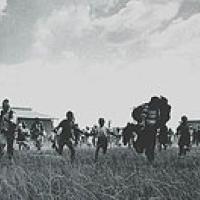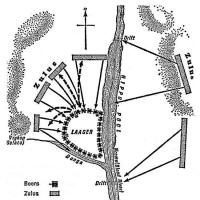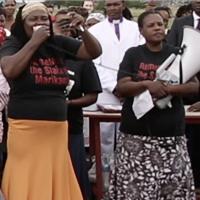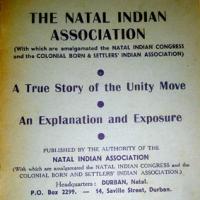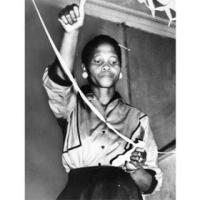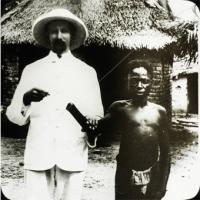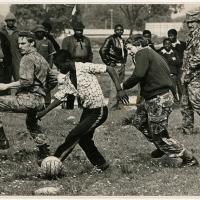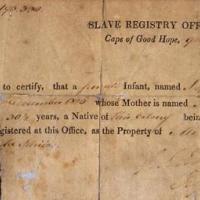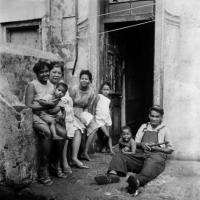Reverend Dr Simon Gqubule was born on 18 February 1928 at a place near Cookhouse, Transkei (now Eastern Cape). His family did not have a lot of money; his father earned two pounds and five shillings a month which was not enough to support the family and put him through school. However, his Chaplain managed to arrange a bursary for him and it was through this that he attended a teaching college.
Document Preview
Document Preview
Personal Information
History Classroom Grade 10 Topic 3: The French Revolution
Featured topics
This day in history
Find out who was born, who died and other significant events from this day in history
History in Images
Document Preview
The reburial of the human skeletal remains at Mapungubwe an Iron Age archaeological site located in Limpopo Province, was preceded by a handover and cleansing ceremony involving traditional healers and members of the communities that claimed to be the bona fide descendants of the human remains. On 29 October 2007, the symbolic handover ceremony took place at the University of Pretoria and was well attended. A number of cultural activities took place such as burning incense, calling on the ancestors to bless the remains and the site as well as indulging in traditional beer, tobacco and medicine.
A few days later, on 5 November, the Freedom Park Trust and the provincial government of Limpopo, hosted a cleansing ceremony and concluded with the “return of the spirits ceremony” on 6 November 2007. The reburial ceremonies were conducted from the 18 to 20 November 2007 and were supervised by SANParks and the archaeologists from University of Pretoria, University of Cape Town and the University of Witwatersrand.
The 150 human remains were reburied in square containers made of high-density polyethylene, which is a certain type of plastic. The material of the boxes would ensure that the bones were well preserved and offered the option of having future scientific analysis done. The containers contained each skeleton’s unique code that was registered in order to keep track of the remains should the need to scientifically analyse them arise.
The Missing Persons Task’s Team (MPTT) emerged as a recommendation after the conclusion of the Truth and Reconciliation Commission (TRC) in 1996 in its Final Report. The TRC was committed to correcting the injustices of apartheid, one way was through locating the graves of those who went missing between March 1, 1960 and May 10, 1994. Due to the large amount of people who were still missing (estimated around 477), at the end of the TRC, the MPTT was entrusted with this task. As part of the National Prosecuting Authority (NPA), the MPTT was established in 2005, and was responsible for locating the graves of the deceased under apartheid, exhuming their remains, and identifying the remains for reburial to take place. They have uncovered the remains of 138 missing persons as of 20 April 2018, but this number increases every month.
The task team worked alongside the Equipo Argentino de Anthropologia Forense (EAAF) better known as the Argentine Forensic Anthropology Team which was established in 1984 and who examined 9000 cases of disappeared persons in Argentina. The MPTT modelled itself after the EAAF who focuses on working alongside families or loved ones of victims. The MPTT is headed by Madeleine Fullard and the organization has employed one of the EAAF forensic anthropologists, Claudio Bisso, on a permanent basis to assist with investigating and exhuming the apartheid dead in South Africa. The MPTT have exhumed more than 145 missing persons with the number increasing every month.
The SAS Somerset is stationed at the Victoria and Alfred Waterfront (V&A Waterfront), Cape Town. The SAS Somerset is a bar-class boom defence vessel, a type of net-laying ship that was used during World War II and is the only ship of its kind still in existence. The ship was previously called Ship No 280, since 15 April 1941, when it was built in the Blyth shipyard, Northumberland, by the Blyth Shipbuilding Company in England.
The Muizenberg Police Museum, also known as South African Police Services (SAPS) Museum, is situated on the Main Road in Muizenberg, Cape Town, Western Cape. The museum is located where the police station and old magistrate’s court was based. It opened on 21 June 1990 but closed a few years later due to damage to the property.
